A Short, Nerdy History of
BEER
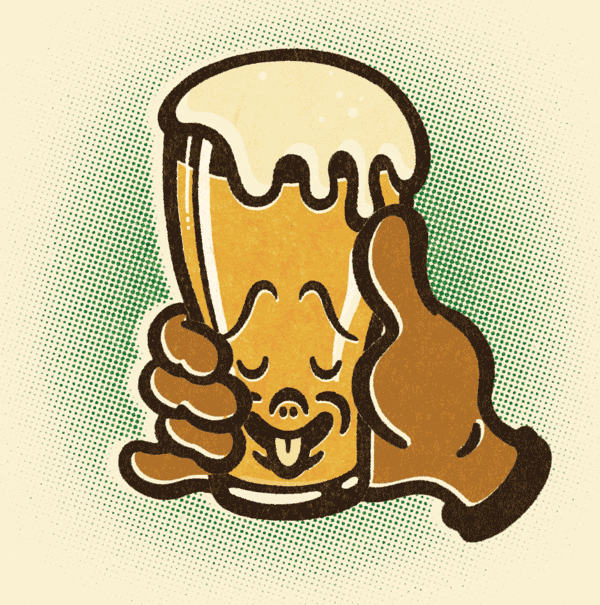
WHICH CAME FIRST, BREAD OR BEER?
Until recently, many scholars believed it was bread. Beer, the theory went, was discovered by happy accident when stored grains fermented into a crude alcoholic slurry. Then, last year, a Stanford research team led by archaeologist Li Liu found evidence of a beer-brewing operation near what is today Haifa, Israel. It’s the oldest evidence of man-made alcohol, and indicates that beer making likely began 13,000 or more years ago, before the domestication of cereal grains. In short, ancient people were sipping beer, likely for ritual funeral purposes, before they were cultivating carbs. Here are a few other notable moments in beer’s history in which Stanford has played a part. Like popcorn and pretzels, they’re light, fun and easy to digest—and they go well with a frosty pint.34
5,000-year-old recipe
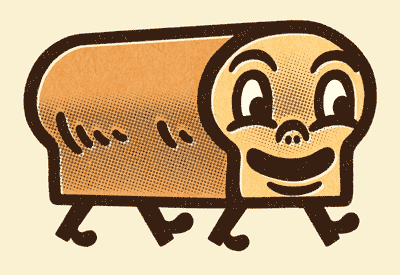
Sprouted, fermented red wheat seeds. Yam. Lily root. A native grass called Job’s tears. Using forensic detective skills, Liu, a professor of East Asian languages and cultures, examined the residue of 5,000-year-old beer from ceramic vessels in northeast China to determine its ingredients. Liu’s students then re-created the ancient brew in a lab; taste testers’ comments ranged from “sour” to “pleasantly fruity.”
City Limits
Ever wondered why some of students’ favorite watering holes, such as the Oasis and the Dutch Goose, aren’t in Palo Alto? When Leland Stanford sought a place for his new university in the 1880s, he insisted on a dry town, demanding a “healthy, moral environment” for students. Even after the repeal of Prohibition in 1933, Palo Alto refused to lift its ban on the serving or selling of alcohol. It wasn’t until the 1950s and ’60s that some local restaurants won exemption from a law barring alcohol sales within 1.5 miles of campus—hence the Oasis’ location in Menlo Park. Generations of students hoisted pints at the O, and many returned last year in the weeks before its closure to crack some peanuts, toss the shells on the floor and raise a glass to the beloved institution. The Oasis may have dried up, but the Goose is still flying.
Craft Beer Picks Up Steam
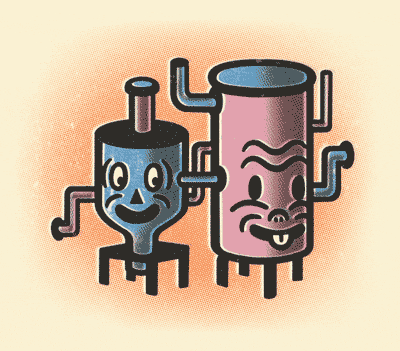
San Francisco in the mid-1960s was all about social revolution, but an Iowa-raised Stanford grad made a different kind of splash. In 1965, Fritz Maytag, ’59 (scion of the family that made its fortune selling washing machines), heard the 69-year-old Anchor Steam brewery was on the verge of closure. So he bought it. Maytag brought back Anchor’s original barley malt recipe—they had switched to corn syrup to save money—and set up a new lab that he oversaw personally. Anchor Steam had its first modern bottling in 1971 and became a model for early microbreweries, laying the foundation for the craft beer movement.
Can-do Attitude
In 2011, Stanford public policy grad Jenn Coyle, ’05, saw a niche that needed filling. She created the Can Van, a mobile canning line that drives up to craft brewers too small to have their own canning facilities and cans their beer. The company now has seven mobile canning lines. “When we started, craft cans hadn’t really taken off yet, but cans are a big part of small breweries’ business now,” Coyle says. “This is an option so that they don’t have to invest in the packaging equipment. They can focus on what they do best.”
Strong ales, strong opinions
Most beer drinkers, whether novices or connoisseurs, would agree a well-crafted ale tastes better than Bud Light. But a 2013 study by computer science professor Jure Leskovec and then-postdoc Julian McAuley found that longtime beer enthusiasts hate pale flavorless lagers even more than the rest of us do. The study also found that experienced beer drinkers like strong ales more than novices do, suggesting that complex, potent brews are an acquired taste. Or that beer experts have more passionate opinions.
TINY bubbles
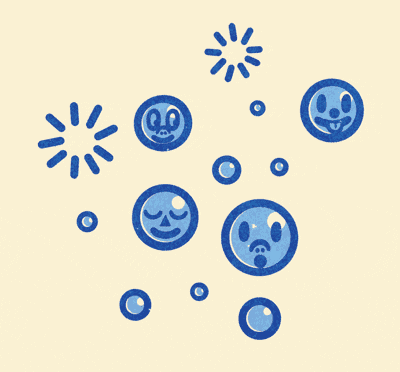
When friends share a few pints, odd questions come up, such as: Do bubbles in beer descend as well as rise? In the early 2000s, chemistry professor Richard Zare used a camera that captured 750 frames per second to find out. More than 120 years after Eadweard Muybridge’s photographs revealed that all four of a horse’s legs really do leave the ground at the same time, Zare’s images showed that the bubbles in a pint of beer rise faster in the center of the glass than on the sides, pushing down the bubbles at the outer edges and proving once again that what goes up must come down.
Pint-Glass Ceiling
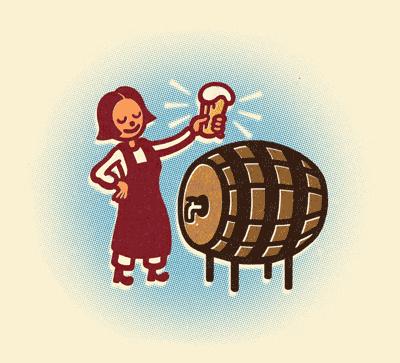
While 20 percent of American breweries have at least one female founder, only 4 percent have a woman as head brewer or brewmaster. That was the 2014 finding of Sarah Soule, a professor at the Graduate School of Business, and sociology professor Shelley Correll. In a recent study, Soule, Correll and the GSB’s Elise Tak looked at how beliefs about gender status affect how people evaluate products. They found that craft beers described as being made by a female brewer are rated lower quality than the same beer described as being brewed by a man. Interestingly, that bias disappears when people are told the beer has received a prestigious award. One way to reduce this gap, researchers suggest, is for award-granting organizations to actively remove gender biases from their award selection process, so that women-made products receive a fair share of awards.

